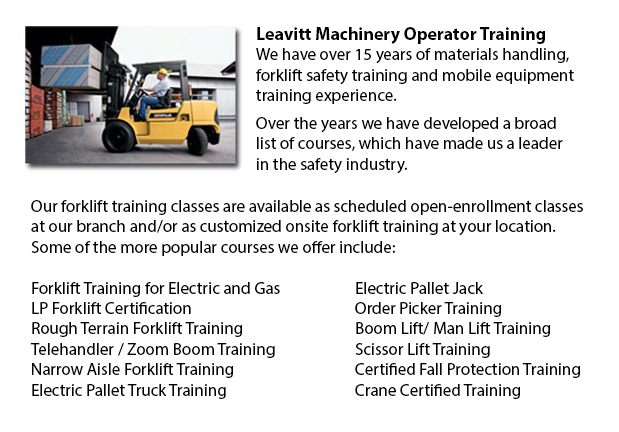
Aerial forklifts might be used to accomplish numerous distinctive tasks executed in hard to reach aerial spaces. A few of the duties associated with this type of jack include performing daily repair on buildings with prominent ceilings, repairing phone and utility lines, lifting heavy shelving units, and pruning tree branches. A ladder might also be used for some of the aforementioned tasks, although aerial lifts offer more security and strength when properly used.
There are a lot of models of aerial hoists available on the market depending on what the task required involves. Painters sometimes use scissor aerial lifts for example, which are classified as mobile scaffolding, effective in painting trim and reaching the 2nd story and above on buildings. The scissor aerial lifts use criss-cross braces to stretch and enlarge upwards. There is a platform attached to the top of the braces that rises simultaneously as the criss-cross braces elevate.
Cherry pickers and bucket trucks are another variety of the aerial hoist. Typically, they contain a bucket at the end of a long arm and as the arm unfolds, the attached bucket platform rises. Lift trucks use a pronged arm that rises upwards as the lever is moved. Boom lift trucks have a hydraulic arm that extends outward and hoists the platform. Every one of these aerial lift trucks require special training to operate.
Through the Occupational Safety & Health Association, also labeled OSHA, instruction courses are on hand to help ensure the workers meet occupational values for safety, system operation, inspection and maintenance and machine weight capacities. Workforce receive qualifications upon completion of the course and only OSHA certified employees should run aerial hoists. The Occupational Safety & Health Organization has formed guidelines to uphold safety and prevent injury while utilizing aerial platform lifts. Common sense rules such as not utilizing this apparatus to give rides and ensuring all tires on aerial lift trucks are braced so as to hinder machine tipping are mentioned within the guidelines.
Unfortunately, statistics reveal that more than 20 aerial lift operators pass away each year while operating and nearly ten percent of those are commercial painters. The majority of these incidents were caused by inadequate tie bracing, for that reason some of these may well have been prevented. Operators should make sure that all wheels are locked and braces as a critical security precaution to prevent the device from toppling over.
Additional guidelines include marking the surrounding area of the device in an observable way to protect passers-by and to guarantee they do not come too close to the operating machine. It is crucial to ensure that there are also 10 feet of clearance amid any electrical cables and the aerial hoist. Operators of this machinery are also highly recommended to always wear the appropriate security harness when up in the air.
-
Reach Trucks
Reach Trucks are mechanized equipment used for loading and storage in some establishments that maintain storage of materials to finished goods on a pallet which are then placed into elevated shelving units. This loading device helps firms securely an... More -
Rough Terrain Forklifts
There are in reality two different kinds of lift trucks within the materials handling market, the industrial model and the rough terrain model. Rough terrain lift trucks first came on the market in the 1940's and were primarily used on coarse roads,... More -
Boom Trucks
Boom truck are often utilized by phone, cable television and utilities organizations as they have extended folded arms which are generally folded over the roofs of company vehicles. On the end of the extension of extendable arms usually sits a bucket... More -
Pneumatic Forklifts
Pneumatic lifts are often called pallet vehicles or pump trucks and are widely utilized in warehouses and delivery plants to move resources on pallets. Pneumatic forklifts comprises a pair of metallic blades mounted on a wheeled counterbalance that h... More -
Genie Forklift
Genie Industries prides itself with the theory of lifting clients and materials higher, extending beyond the products they produce. A worldwide corporation that is deeply connected to their consumers and enjoys reflecting the spirit of relationship w... More

Forklift Training Penticton
TOLL FREE: 1-888-254-6157
Penticton, British Columbia
forklifttrainingpenticton.com
Email Us
About Us


